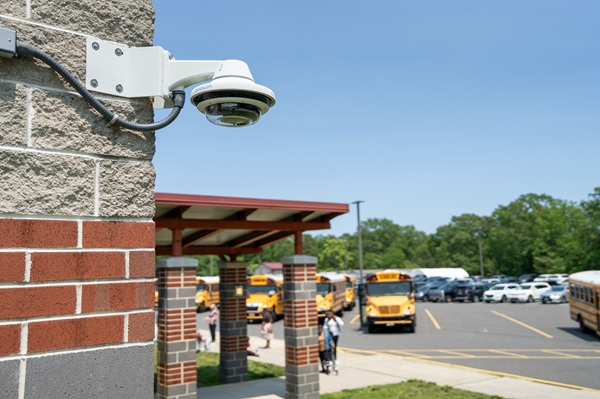Listen and Learn On-Demand
In a recent webinar Stephanie Bays, Director of Grants at Lexipol, and Julie Fisher, Manager of Grant Services and Subscriptions at Lexipol, provided an overview of eligible activities and important considerations pertaining to elementary and secondary school relief funds, and explained additional funding opportunities for schools in need. View a recording of the webinar.
What are ESSER funds?
Elementary and Secondary School Emergency Relief (ESSER) funds are federal funds made available to schools in order to reopen safely, maintain a safe environment for students, and address learning loss due to the pandemic. The latest funds were released in 2021 through the American Rescue Plan where $122 billion was given to state and local education agencies.
ESSER III funds were initially allocated to state education agencies (SEAs) based on the funds they received for the 2020 school year from Title 1, Part A of the Elementary and Secondary Education Act. Each SEA is required to allocate 90% of the funds as subgrants to their local education agencies (LEAs). In order to find out how much funding is allocated to your state and how to directly access ESSER funds, visit the Office of Elementary and Secondary Education Website. (www.OESE.ed.gov).
In order to receive funding, states must submit a plan that showcases how funds will be used to provide academic, mental, and social support to students that were most impacted by the COVID-19 pandemic. You can access your state’s plan at www.OESE.ed.gov or at each state’s education agency’s website.
Eligible Activities
In December 2022, the Department of Education released additional guidance on what activities can be funded using ESSER funds. 20% of the funds LEAs receive must address learning loss through the implementation of evidence-based interventions. Once that 20% requirement has been met, funds can be used for any academic, social, emotional, or mental health support related to COVID-19. Examples include increasing cybersecurity needs or purchasing and installing video surveillance.
Local education agencies must publish their plans on their website within 30 days of receiving funds. If an LEA already has a plan in place but wants to reallocate funds due to new eligible activities, an amendment to their application needs to be submitted.
Additional Funding Opportunities
The Stronger Connections Grant Program, part of the Bipartisan Safety Communities Act (BSCA), is another way to receive funding for elementary and secondary schools. State education agencies have to make competitive subgrants available to high-need local education agencies that help support safe and healthy students. A school qualifies as a high-need LEA with high concentrations of poverty and with one or more of the following characteristics: a high student-to-mental health professional ratio; high rates of bullying/harassment, community and school violence, students experiencing homelessness, students in foster care, or substance use; or where students recently experienced a natural or manmade disaster or a traumatic event. The eligible activities must foster a safe, healthy, supportive, and drug-free environment and support students’ academic achievement. You can access grant program details on each state’s education agency’s website.
Final Thoughts
The best available resource for understanding funding for elementary and secondary schools is your state’s education agency’s website. Many states have upcoming deadlines for available grants, so you should keep in mind which activities are available for funding and give yourself enough time to fill out the grant application. Take action now, update any amendments that need to be made, and visit your state’s education agency’s website to identify future funding opportunities and visit the Department of Education’s website to stay organized and up to date.
To learn about additional funding opportunities and available resources, check out Motorola Solutions’ Education Grants Hub.




